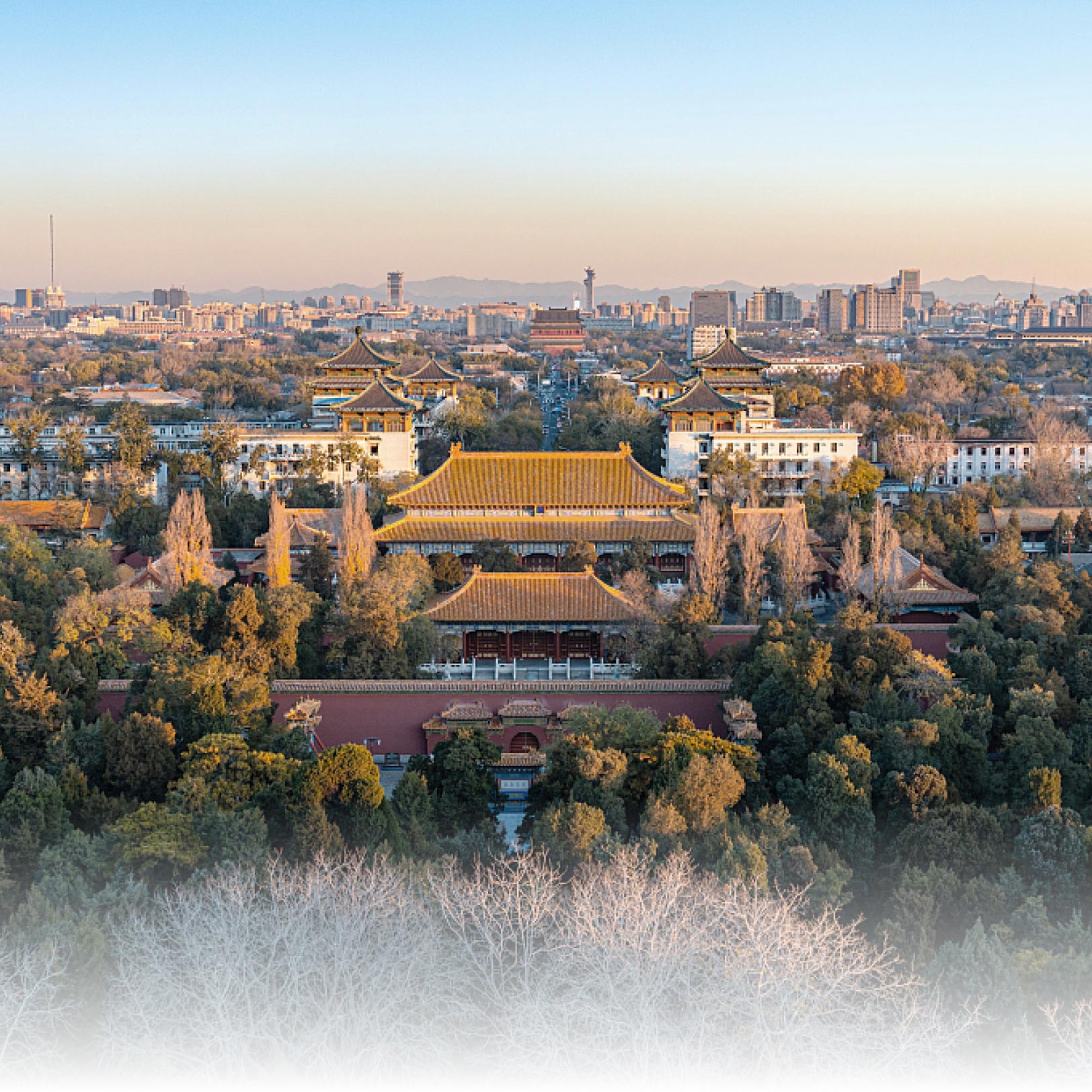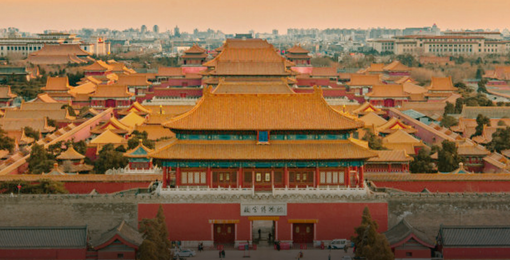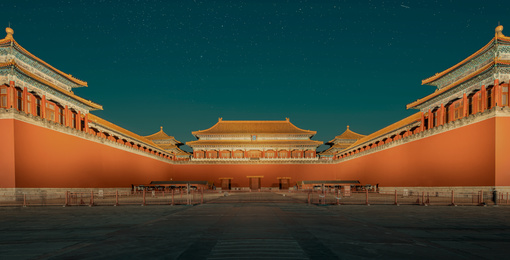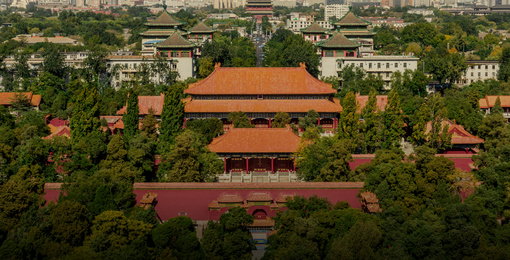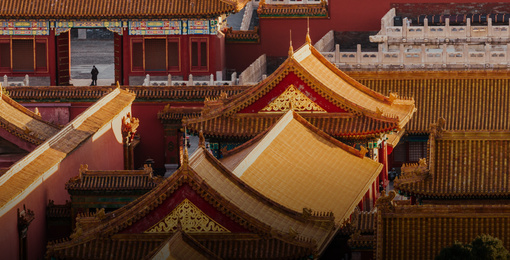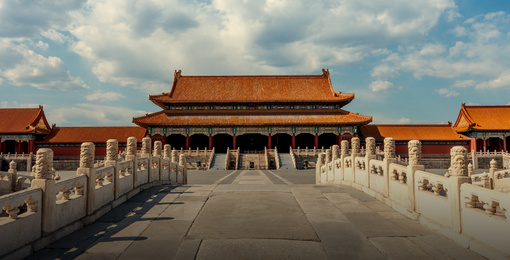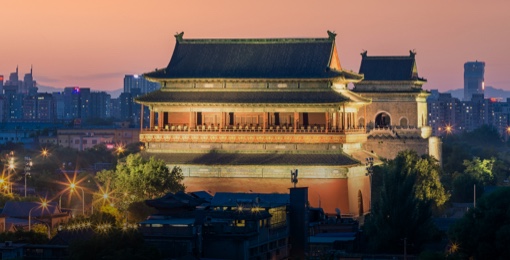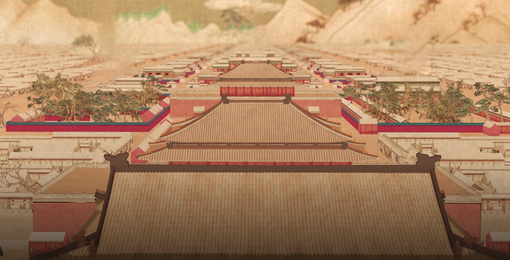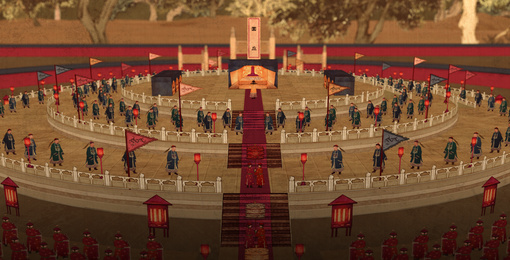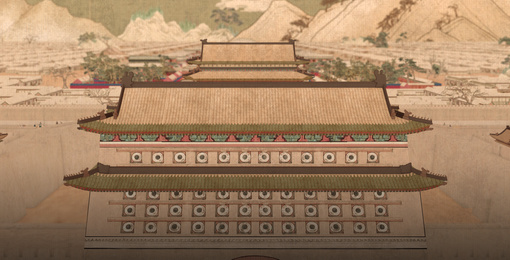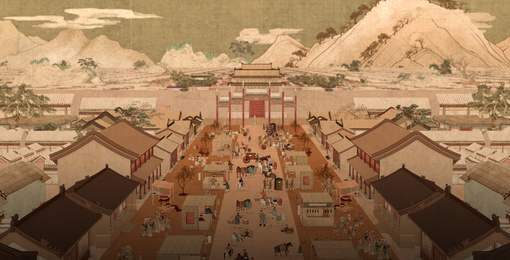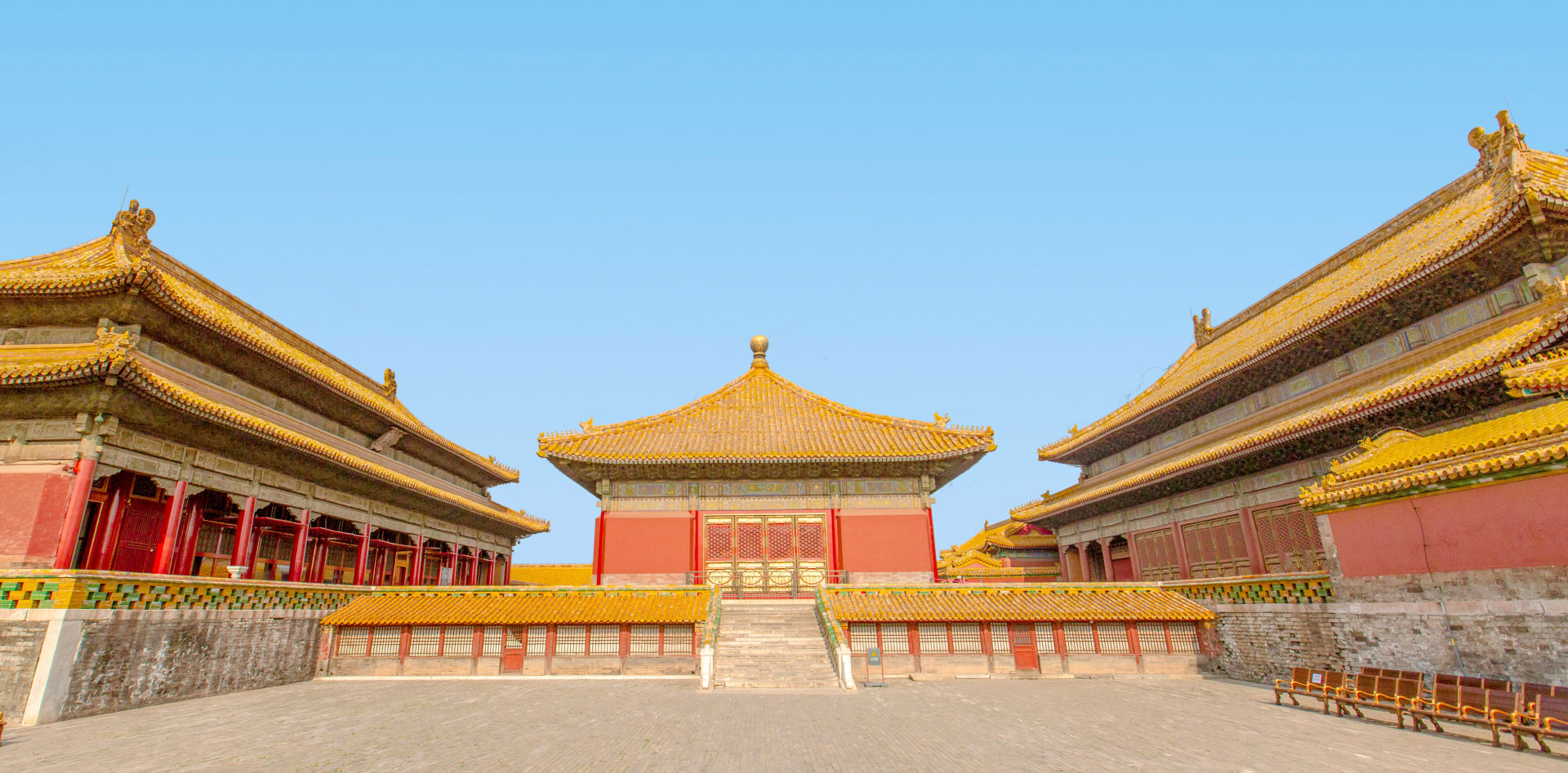The Back Three Palaces are the core building complex of the Inner Court where Ming and Qing emperors and empresses lived and entertained themselves. Among them, the Palace of Heavenly Purity was the 14 Ming emperors' sleeping quarters and the place they mourned for their parents. Its function continued before the Kangxi reign of the Qing dynasty. After Emperor Yongzheng moved to the Hall of Mental Cultivation, the Palace of Heavenly Purity became an important place where the emperor gave audience to officials, review memorials, handling government affairs, meeting envoys of vassal states, receiving officials congratulating the ceremony, and hosting banquets. Agencies handling daily affairs and princes’ study were also relocated to side rooms around the palace to diversify its functions. The Hall of Union was where the emperor received his officials' tributes and congratulations. The Palace of Earthly Tranquility was the Qing empresses' sleeping quarters. After Emperor Yongzheng moved to the Hall of Mental Cultivation, the palace was changed to a venue for Shamanist worship activities in line with the Manchu customs.
The Palace of Heavenly Purity is 9 bays wide and 5 bays deep covered with a double-eave hip roof. It is the largest among the Inner Court buildings. The Hall of Union is a square structure, 3 bays wide and 3 bays deep with doors on each side. It has a single-eave tented roof of yellow glazed tiles crowned with a gilded copper roof. The Palace of Earthly Tranquility is 9 bays wide and 3 bays deep, and has a double-eave hip roof of yellow glazed tiles.






